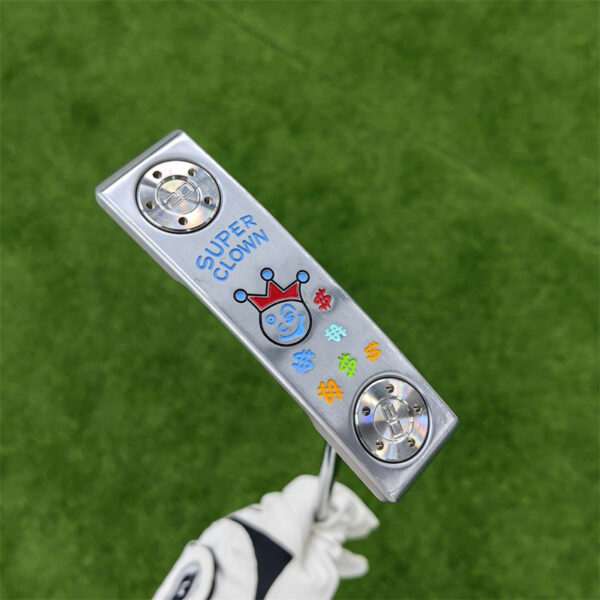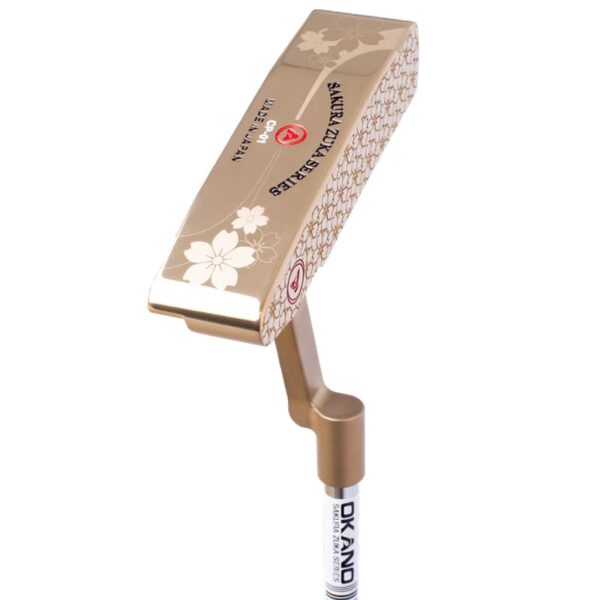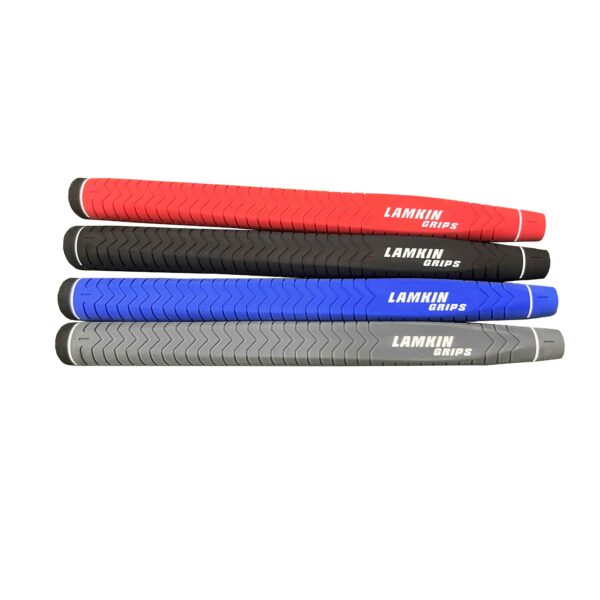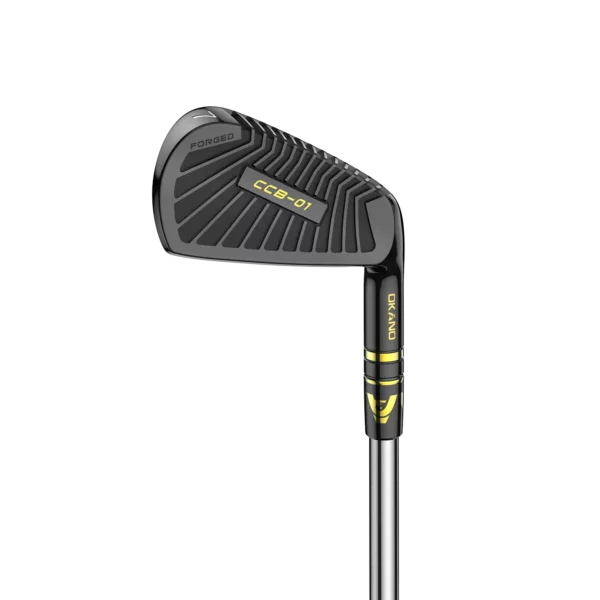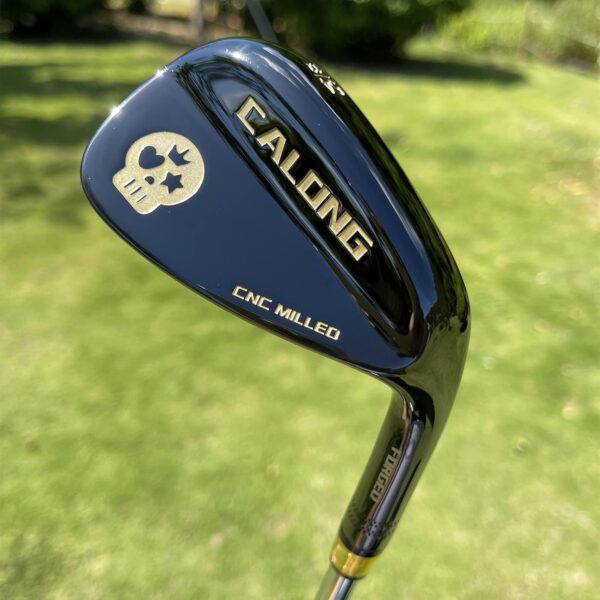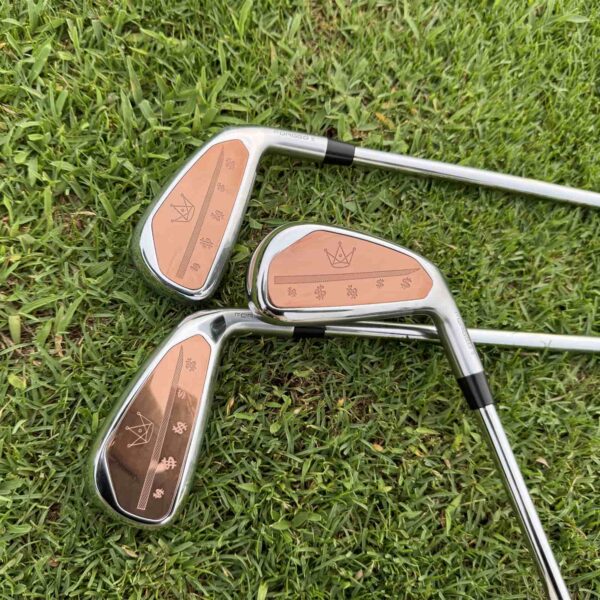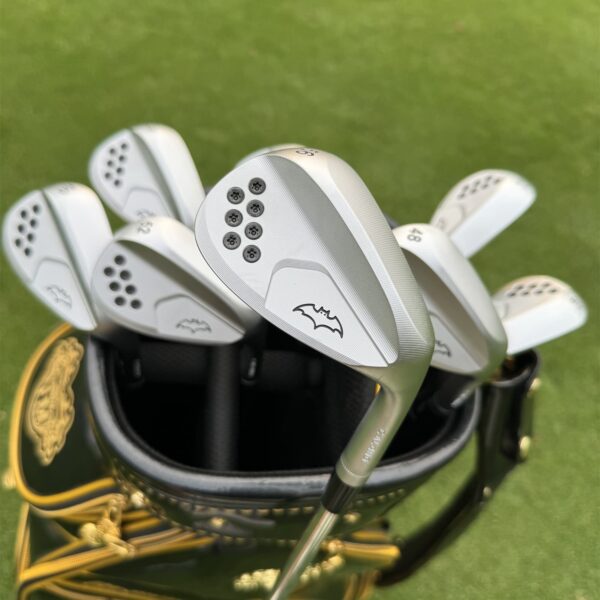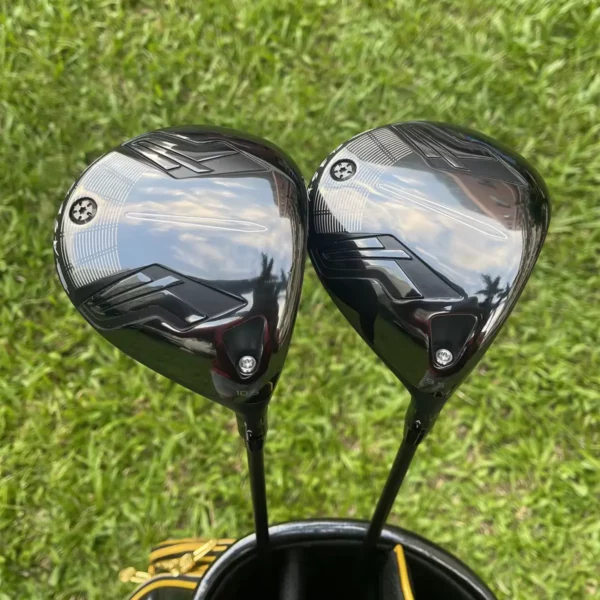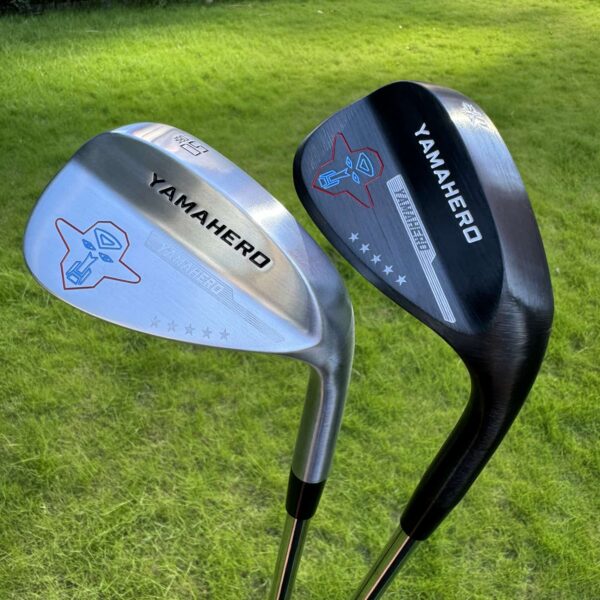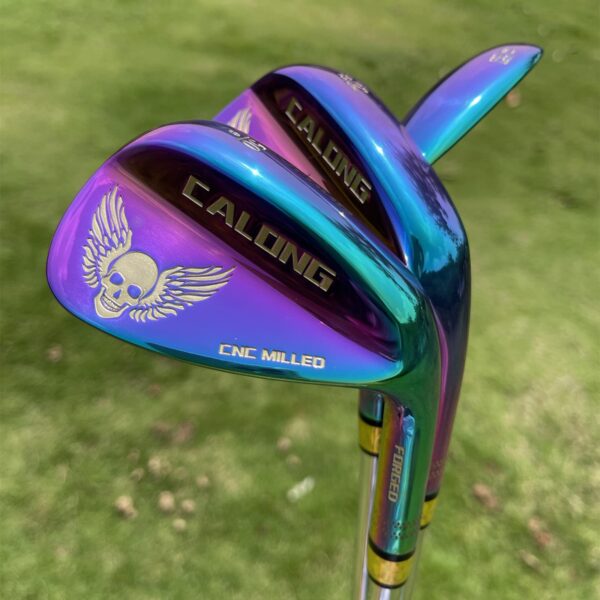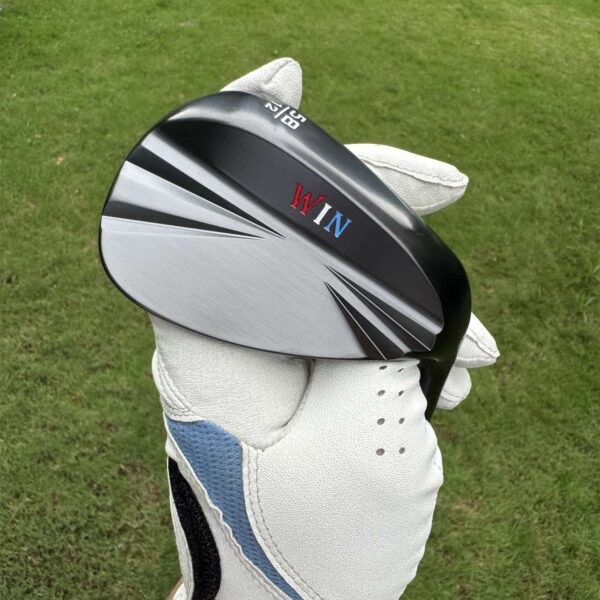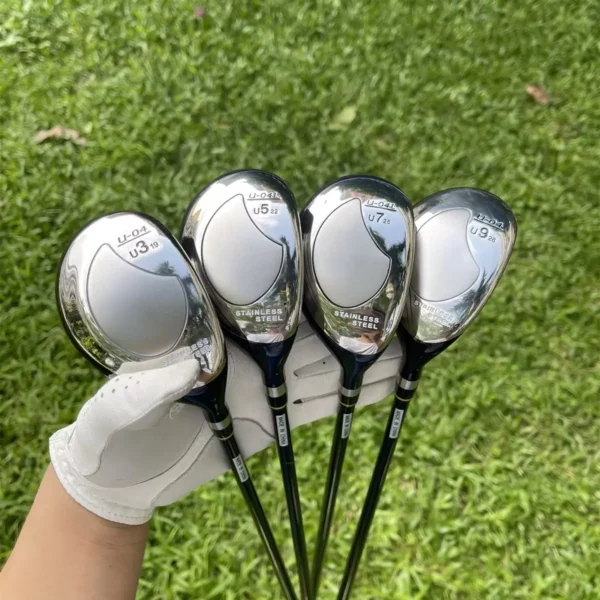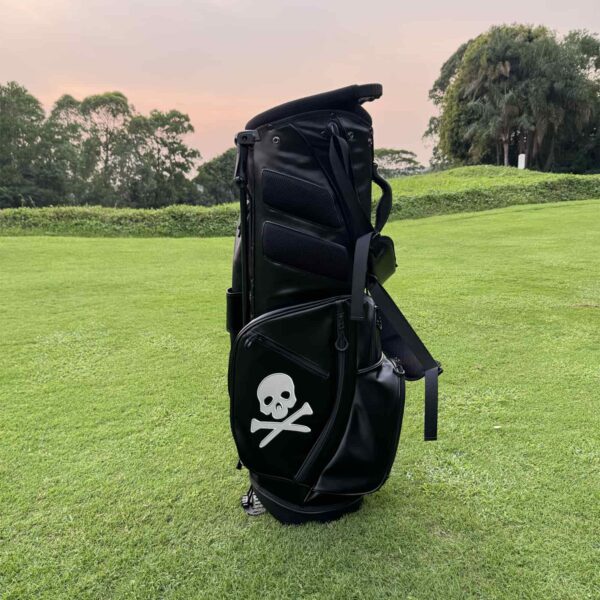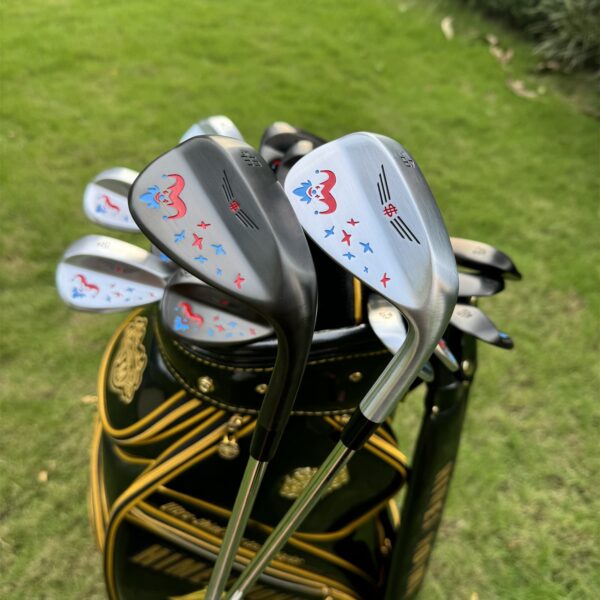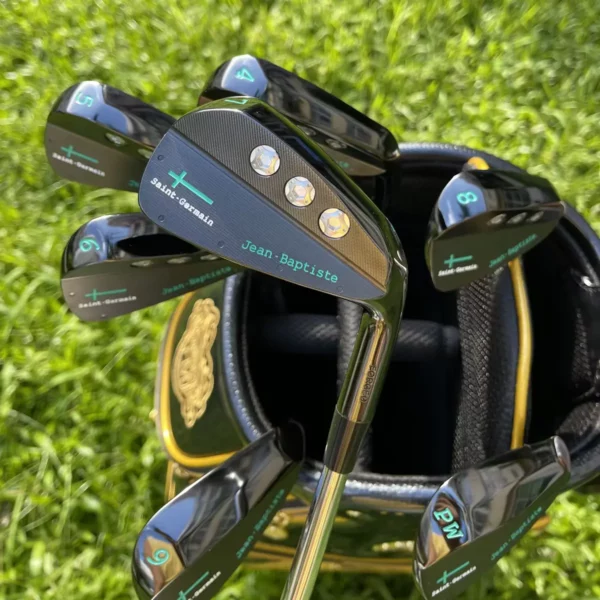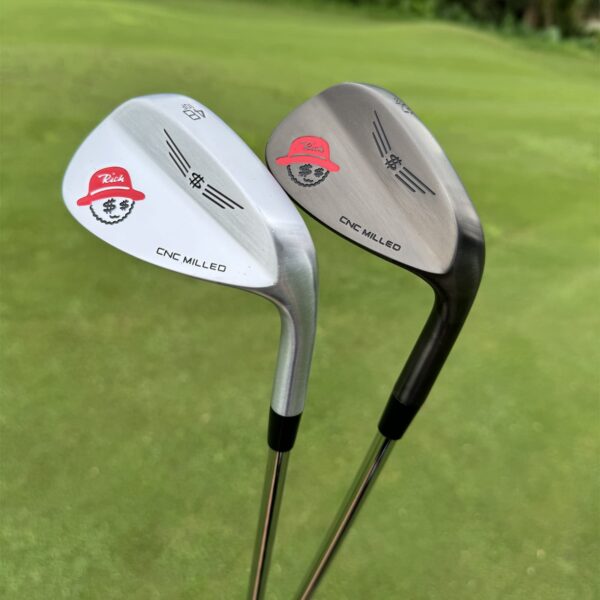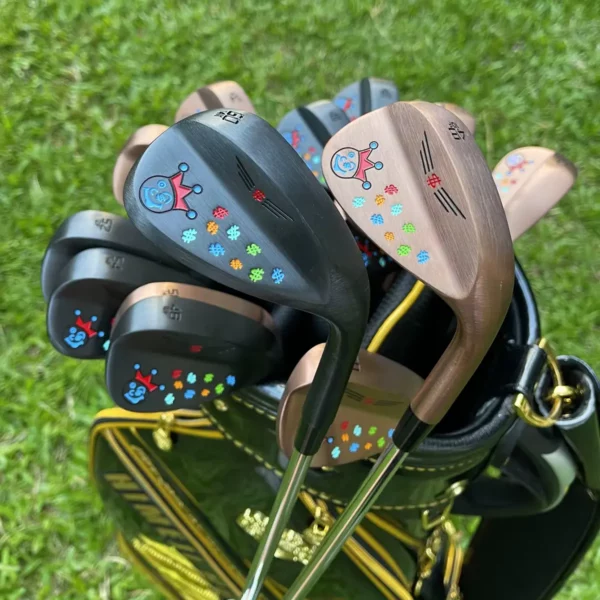Custom fitting golf clubs involves several easy measurements and a quick self-assessment of your game. You will see many fitting methods out there in the golf universe, but most of them center around the same pieces of information. This method is simple, accurate, and effective. To custom fit your golf clubs, you need to know:
Your gender (male or female)
Your height in your stockings or socks
The distance from your wrist (where it bends) to the floor (with shoes)
Your age
Your handicap or skill level
How fast you swing a golf club
What club you use at the 150 yard marker Gender is used to put you into the correct fitting scale. The golf industry uses different definitions of standard length for men and women.
Your height and the distance in inches from your wrist to the floor are used together to determine the length of golf club that is appropriate for you. The starting point for club length can vary up to 3 1/2″ ranging from ladies’ minus 1” to men’s plus 1½”. A tall person with long arms can very easily require shorter clubs than an average height person with short arms. About 80% of golfers are Standard length.
Your age, handicap (if you happen to have one), self-assessed skill level, estimated golf swing speed and club you use at the 150 yard marker are all combined to determined the shaft flex that is appropriate for you.
GolfofChina.com has built an automated Custom Fitting Wizard that collects this information and quickly provides you with your custom fitting result.
Club Length & Flex What should I know about golf club length? Length is simply how long the golf club is as measured from the butt end of the grip down the back side of the club down to where the club meets the ground. A longer golf club will hit further given the same swing speed — so length can be a good thing. However, since the swing arc is longer, it often is also harder to keep under control — so length can be a bad thing. All things being equal, most golfers will opt for longer length to the sacrifice of greater control.
The standard length of a steel shafted Driver for a man is 44 inches. Graphite shafted drivers are manufactured 1 inch longer than steel shafted clubs because graphite shafts weigh less than steel shafts allowing us to produce a longer club with the same swing weight (a fulcrum measurement of the proper balance and feel of a golf club). In today’s world very few people use steel shafts in their woods or hybrids. In those clubs the material of choice is graphite. It’s lighter, helps create great swing speed and better results. If we were recommending clubs for that 90% of the market, we would recommend graphite shafts for the driver, fairway woods, and hybrids. In addition, we recommend steel shafts for the irons, wedges, and putter. See Shafts (in Lesson #2) for a more complete discussion of the types of shafts we use and the length chart below for the different golf clubs that make up a set.
The proper length of a golf club is a function of your height and the length of your arms. We provide a Custom Fitting Wizard that determines the correct length for you with just two simple measurements.
How long is a golf club? There is no exact industry standard for golf club length, many manufacturers have their own length scales which vary by a ¼” here or there by club. A perfect example of that is hybrids. If you look across club manufacturers, you will see a 3 hybrid seems to have a different length with every company. To make everything clear, we are letting you know our standard club lengths for men and women using both graphite and steel shafts. The measurement is made with the golf club in address position — club head resting on the floor, grip end in your hands. The measurement is made from the floor up the back side of the golf club to the butt end of the grip.
This information is optional information for golf wonks and is not necessary for buying our products or getting fitted using our Custom Fitting Wizard. It is reference material for those interested in comparing our golf club lengths to others.
Men’s Ladies’ Graphite Steel Graphite Steel Driver 45″ 44″ 44″ 43″ 3 Wood 43″ 42″ 42″ 41″ 5 Wood 42″ 41″ 41″ 40″ 7 Wood 42″ 41″ 41″ 40″ 9 Wood 42″ 41″ 41″ 40″ 11 Wood 42″ 41″ 41″ 40″ 1 Iron 40.25″ 39.75″ 39.25″ 38.75″ 2 Iron 39.75″ 39.25″ 38.75″ 38.25″ 3 Iron 39.25″ 38.75″ 38.25″ 37.75″ 4 Iron 38.75″ 38.25″ 37.75″ 37.25″ 5 Iron 38.25″ 37.75″ 37.25″ 36.75″ 6 Iron 37.75″ 37.25″ 36.75″ 36.25″ 7 Iron 37.25″ 36.75″ 36.25″ 35.75″ 8 Iron 36.75″ 36.25″ 35.75″ 35.25″ 9 Iron 36.25″ 35.75″ 35.25″ 34.75″ PW 36.25″ 35.75″ 35.25″ 34.75″ SW 36.25″ 35.75″ 35.25″ 34.75″ LW 36.25″ 35.75″ 35.25″ 34.75″ Putter n/a 34″ n/a 33″
What should I know about golf club flex? Flex is the torsional stiffness of the golf club, which is provided by the type of golf club shaft that is used. Generally, stiffer shafts are better for stronger hitting golfers and golfers that have a fast swing/swing speed. Common shaft flexes are Men’s Regular, Stiff, Extra Stiff, Senior, and Ladies. Interestingly, graphite shaft flex terminology uses Firm and Extra Firm instead of Stiff (which is used for steel shafts) — we don’t know why, they are just the words the golf industry uses.
The proper flex of a golf club is a function of your strength and golfing skills. We provide a Custom Fitting Wizard that determines the correct flex for you in just two simple steps. Determining the correct flex is most important for your woods, hybrids, and longer irons. Short irons, wedges and putters are not impacted very much by the different flexes as the differences between flexes becomes smaller in the shorter clubs.
Often associated with flex, is kick-point — especially with graphite shafts. Less experienced golfers generally benefit from lower kick-point shafts, which help get the ball up in the air. Better golfers tend to favor mid to higher kick points.
Loft & Lie Adjustments A word about loft and lie adjustments. GolfofChina can adjust the lie on irons and wedges. The request needs to be emailed to us or phoned in with your order number or noted in the special comments box of the shopping cart.
A lie adjustment requires bending the hardened metal in which an iron is cast. We strongly advise getting your lie fitting done in person. The best way to get these measurements are by going to your local golf course and asking to be custom fit. If your course doesn’t have that technology, ask them who in the local area can help. Generally your local Pro can help you in no time. Online fittings, while accurate do not take into account your natural ball address. Some players are more naturally upright and some like to lean into the ball. Once you have lie adjusted a club it is usually not a good idea to re-adjust if you later find it was the wrong adjustment.
From years of building experience we find it rare to need more than a 2 degree adjustment upright or flat, therefore we only perform lie adjustments to either extreme.
Woods, hybrid clubs and putters can not be adjusted. The reason these clubs can not be adjusted is because the hosel of each is cast in a way where physically bending the head at all will cause damage. In woods and hybrids it will crack or bend the crown of the club, and putter hosels are not made with the strength required for adjustment after the casting process.

 Japan Okano CP-01 Putter $519.99
Japan Okano CP-01 Putter $519.99
 Okano CCB-01 Irons set $1,699.99
Okano CCB-01 Irons set $1,699.99

 Calong BAT Forged Wedges $99.99
Calong BAT Forged Wedges $99.99
 Calong ASED Driver $199.99
Calong ASED Driver $199.99 Yamahero Cowboy Wedge $99.99
Yamahero Cowboy Wedge $99.99


 Calong UT Golf Hybrids Rescue $119.99
Calong UT Golf Hybrids Rescue $119.99 Calong X Skull Golf Bag Lightweight Stable Holder Bag Waterproof Golf Club Set Bag
Calong X Skull Golf Bag Lightweight Stable Holder Bag Waterproof Golf Club Set Bag






 Clubs
Clubs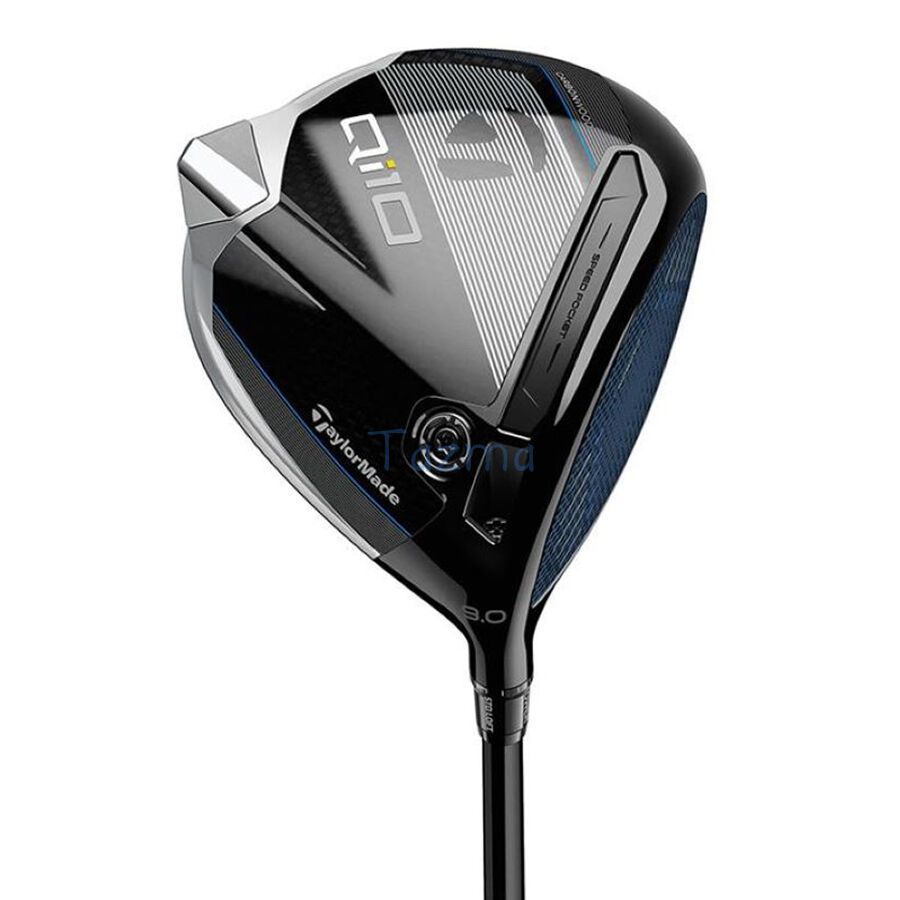 Drivers
Drivers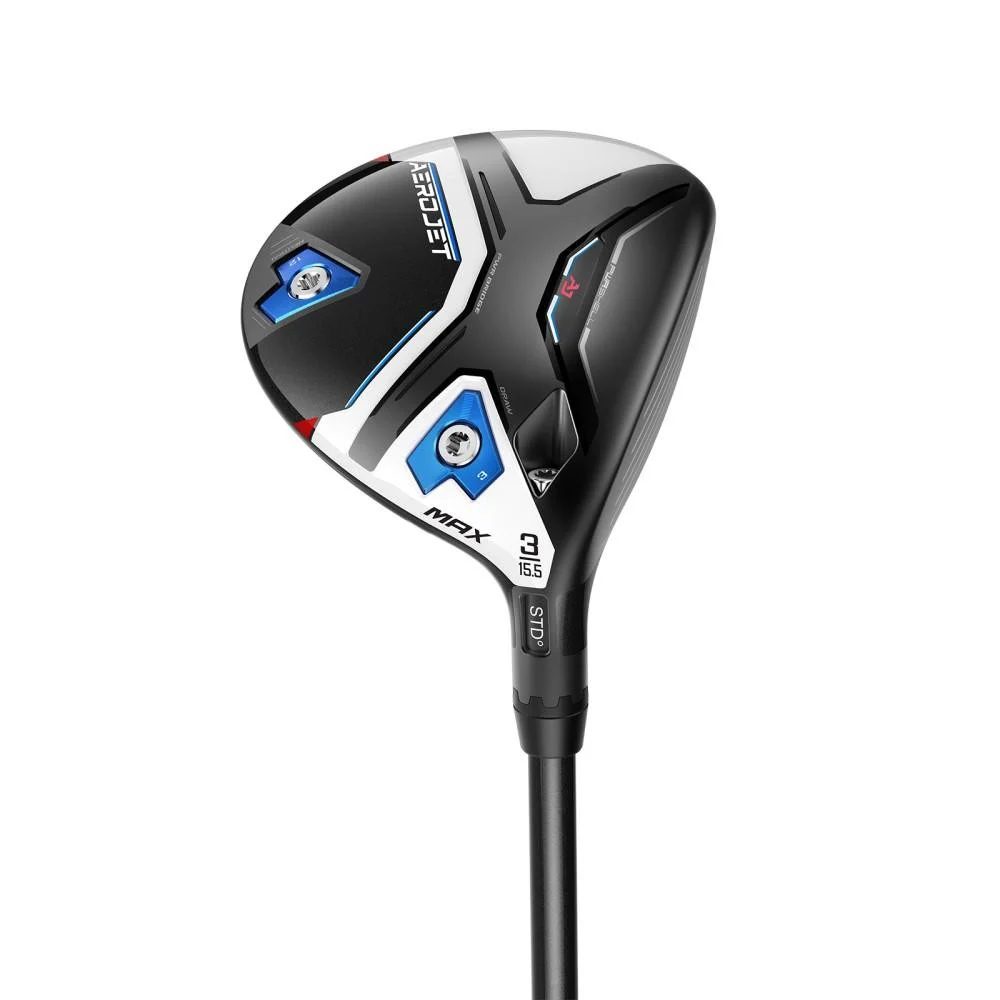 Fairway Woods
Fairway Woods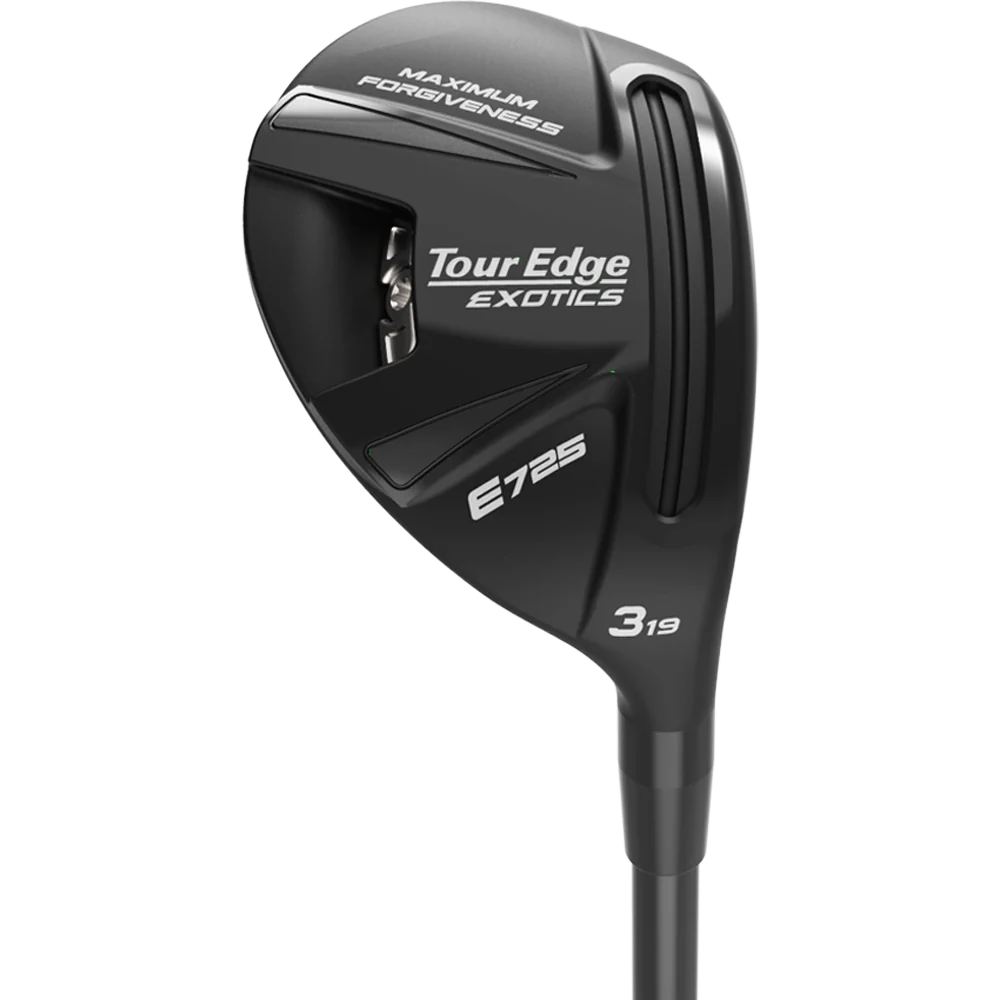 Hybrids
Hybrids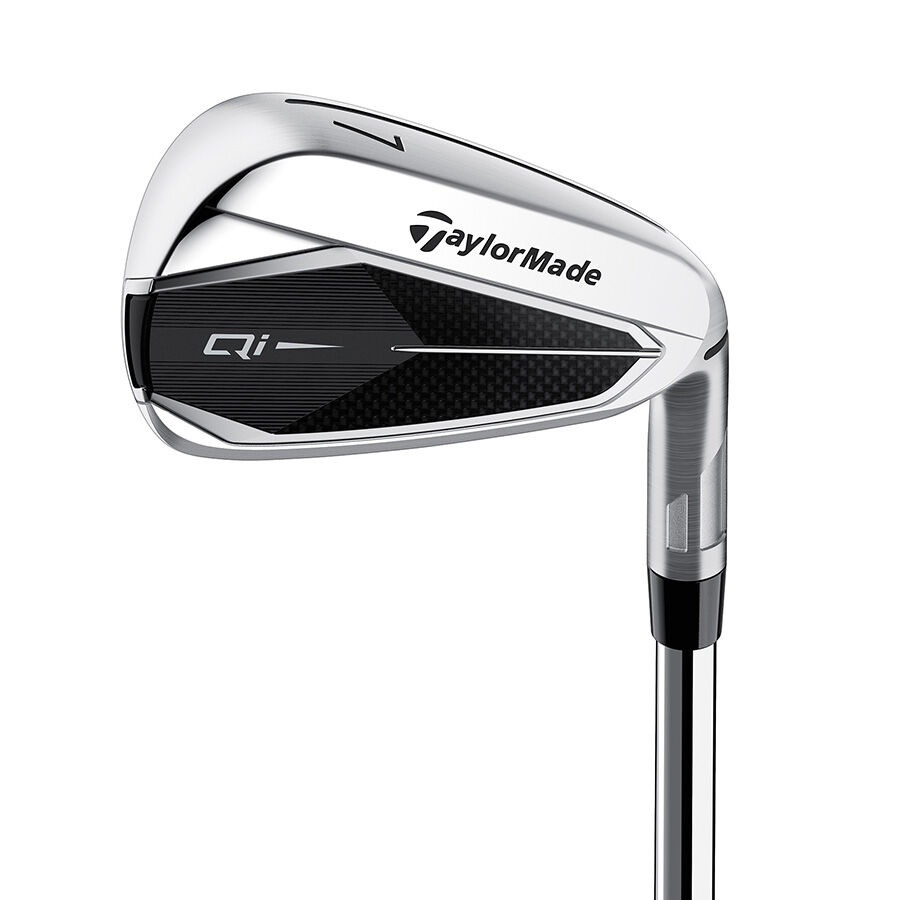 Irons set
Irons set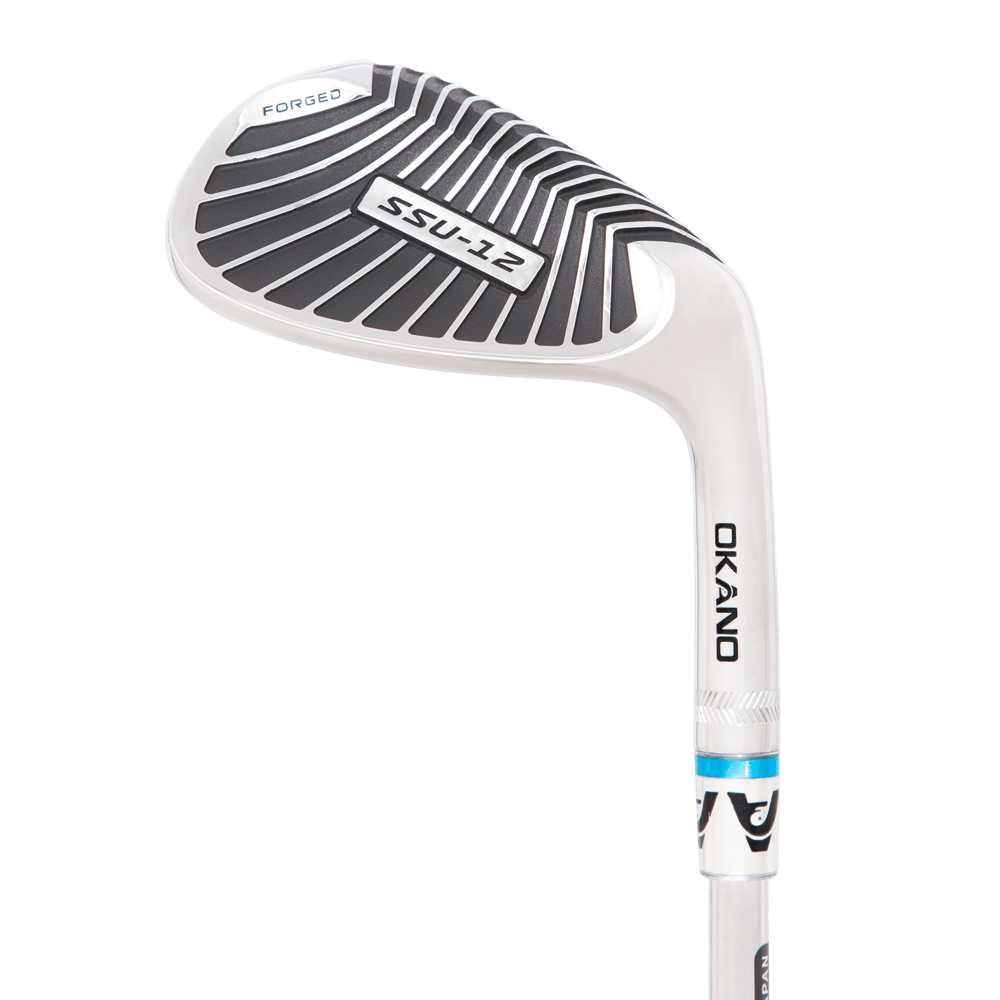 Wedges
Wedges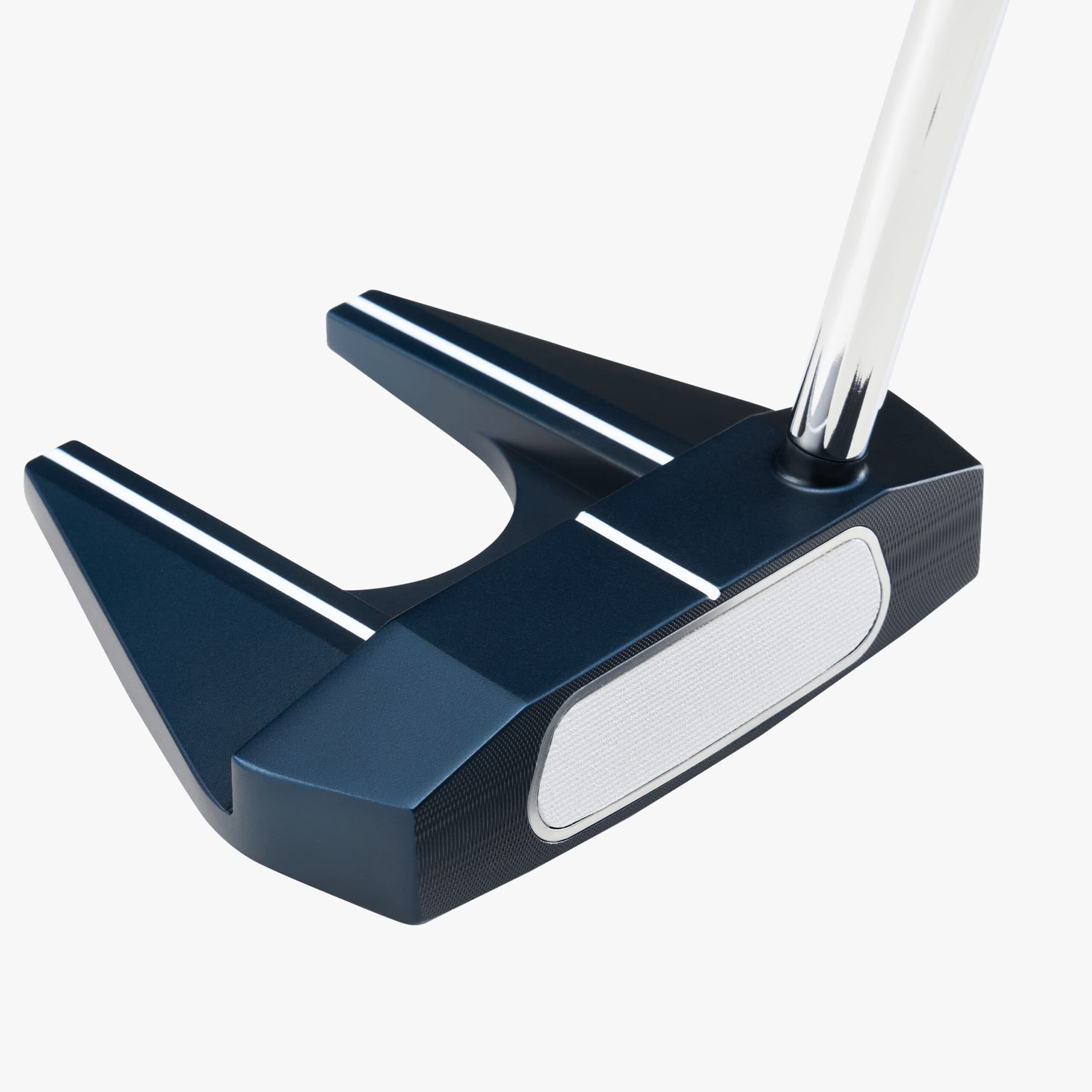 Putters
Putters Complete Sets
Complete Sets Complete Sets
Complete Sets Kids‘Clubs
Kids‘Clubs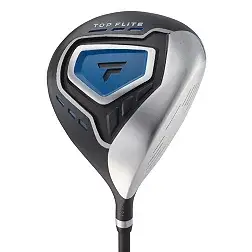 Drivers
Drivers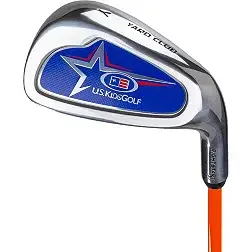 Irons
Irons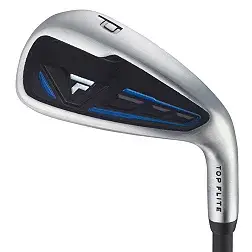 Wedges
Wedges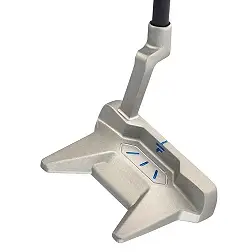 Putters
Putters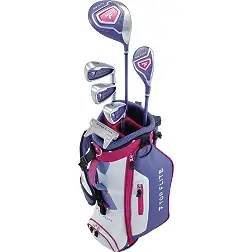 Complete Sets
Complete Sets Bags
Bags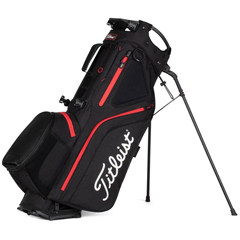 Stand Bags
Stand Bags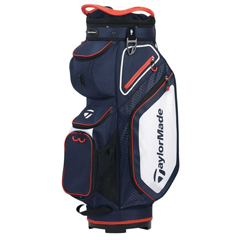 Cart Bags
Cart Bags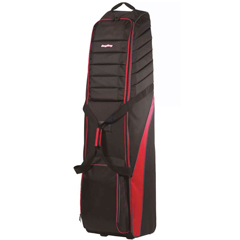 Travel Bags
Travel Bags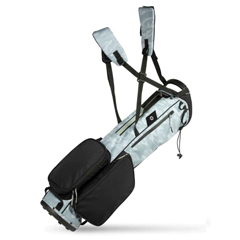 Carry Bags
Carry Bags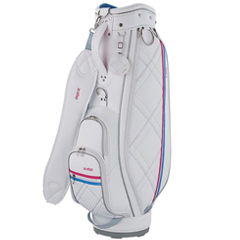 Womens Bags
Womens Bags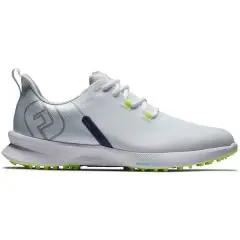 Men's Golf Shoes
Men's Golf Shoes Women's Golf Shoes
Women's Golf Shoes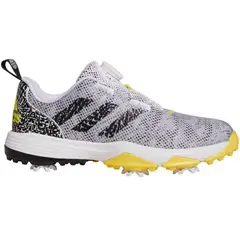 Junior Golf Shoes
Junior Golf Shoes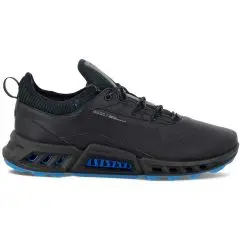 Spikeless Golf Shoes
Spikeless Golf Shoes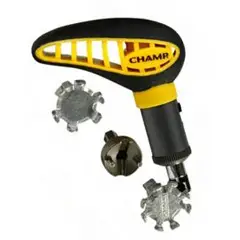 Golf Shoe Accessories
Golf Shoe Accessories Closeout Golf Shoes
Closeout Golf Shoes Apparel
Apparel Men's Apparel
Men's Apparel Women's Apparel
Women's Apparel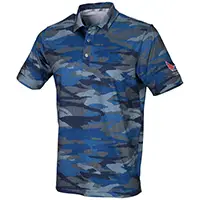 Juniors Apparel
Juniors Apparel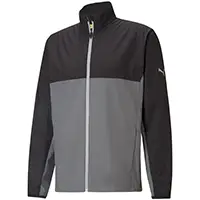 Jackets and Rain Gear
Jackets and Rain Gear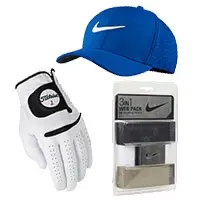 Apparel Accessories
Apparel Accessories Balls
Balls Accessories
Accessories Shafts
Shafts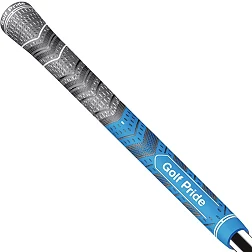 Grips
Grips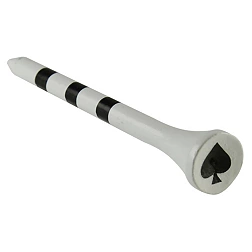 Tees
Tees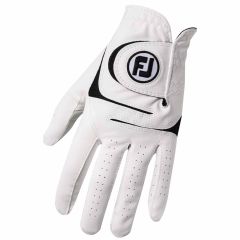 Gloves
Gloves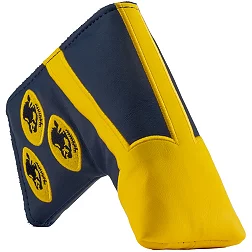 Headcovers
Headcovers Hats & Visors
Hats & Visors